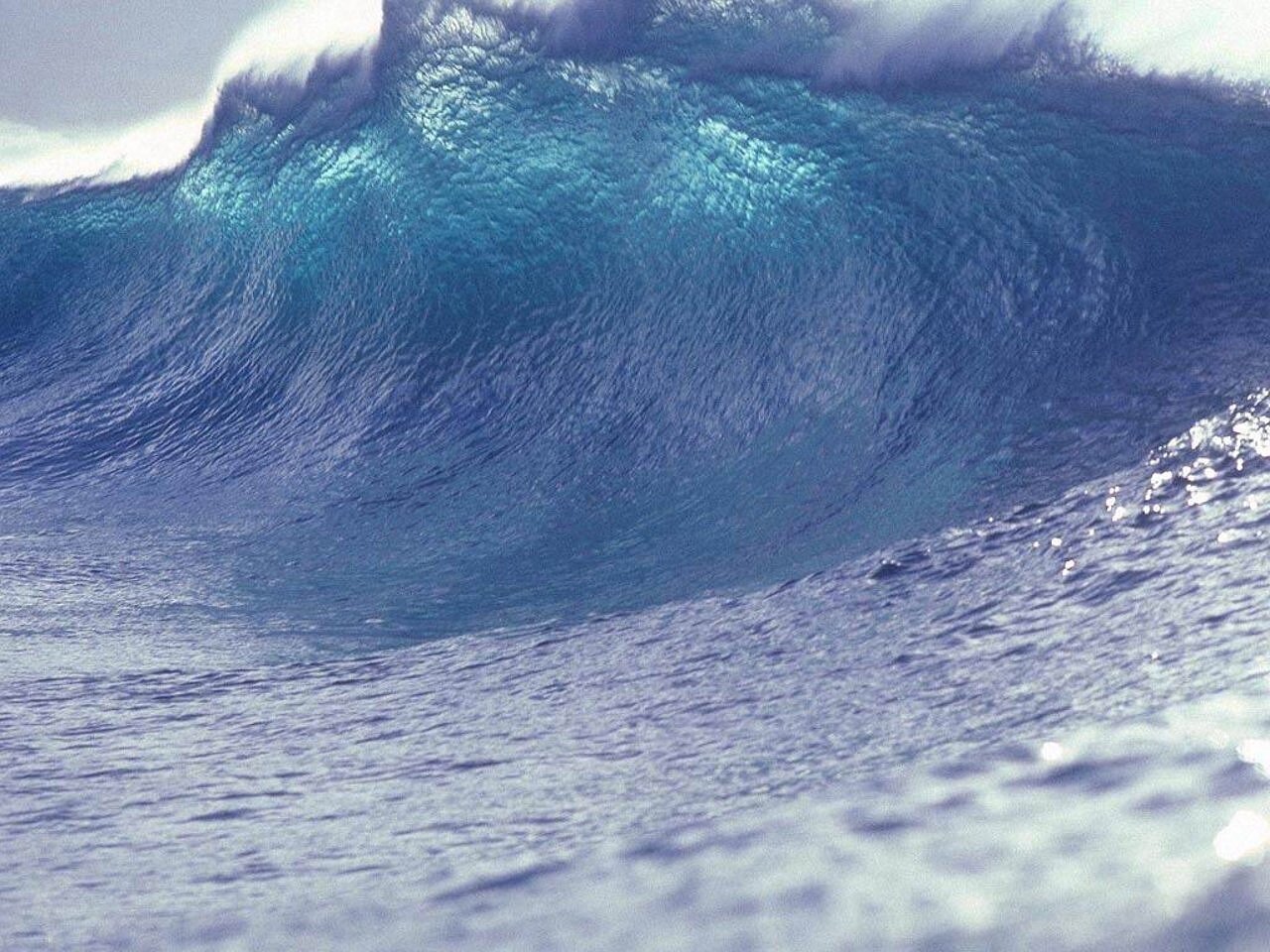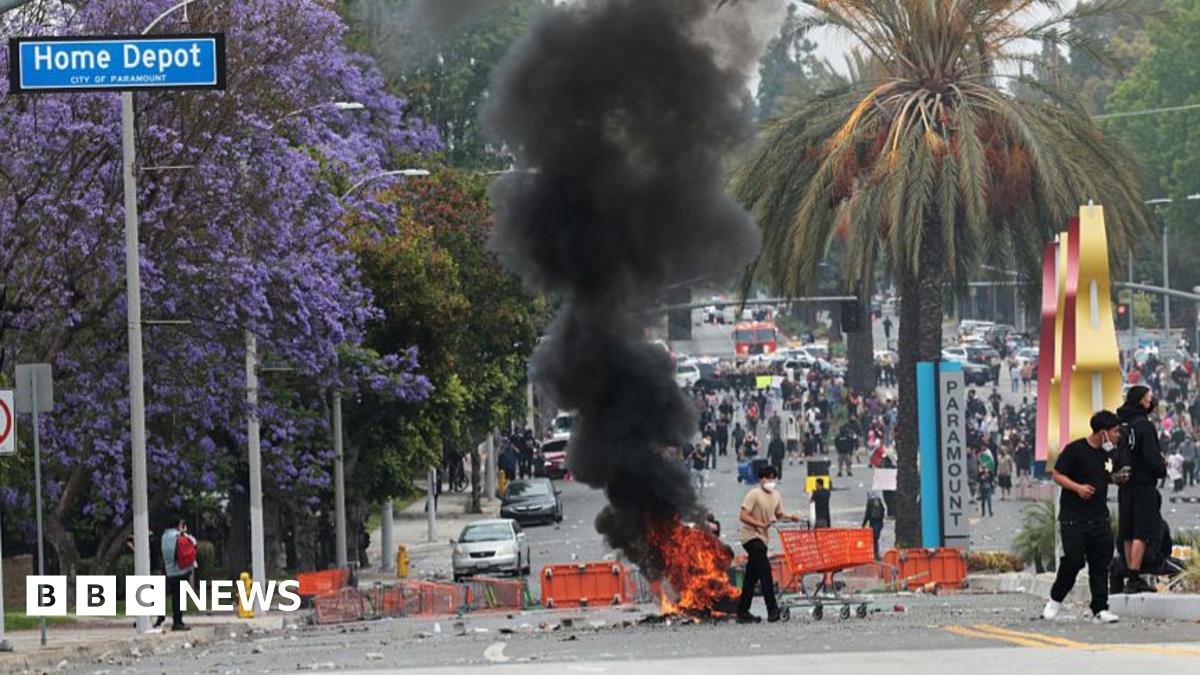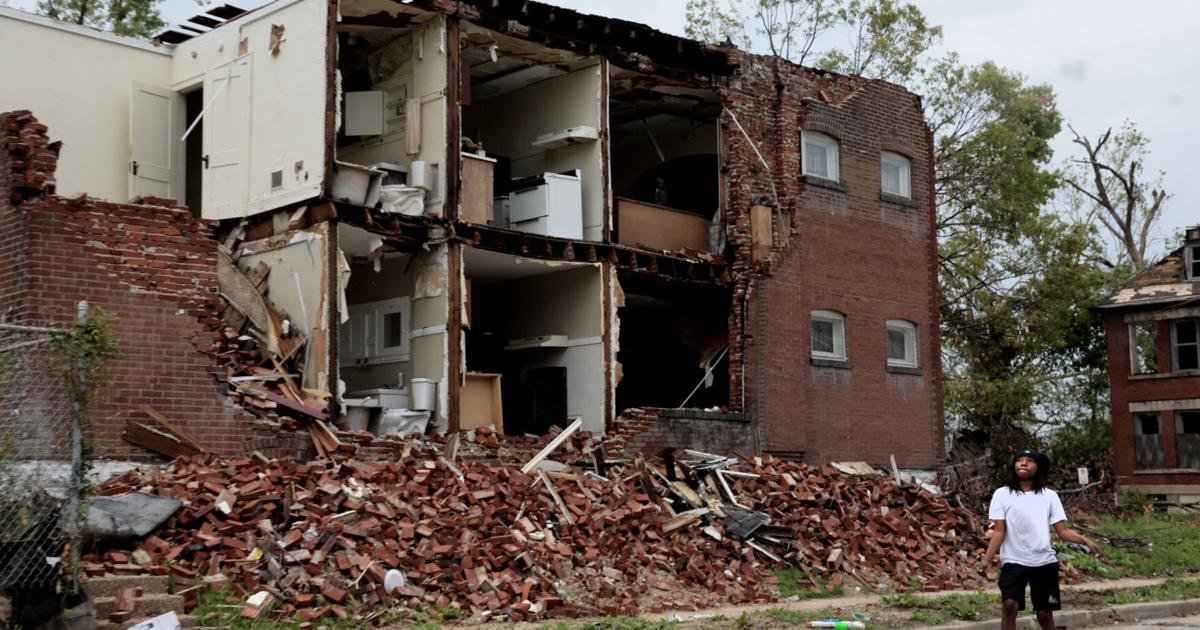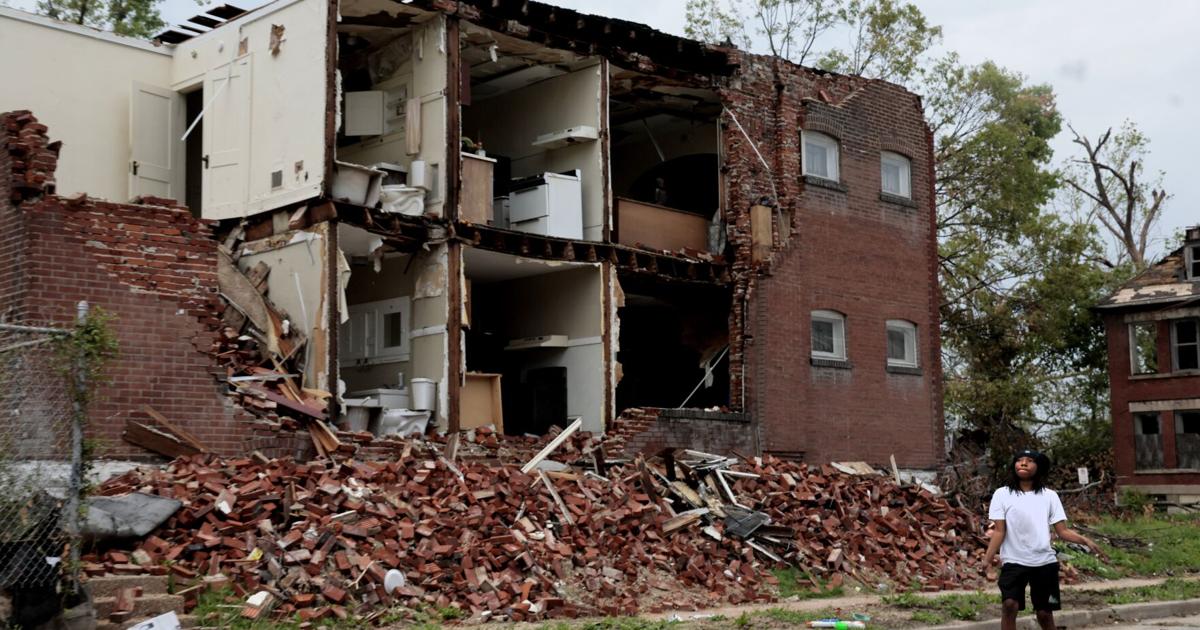Understanding California's Tsunami Vulnerability: Areas Of Concern

Welcome to your ultimate source for breaking news, trending updates, and in-depth stories from around the world. Whether it's politics, technology, entertainment, sports, or lifestyle, we bring you real-time updates that keep you informed and ahead of the curve.
Our team works tirelessly to ensure you never miss a moment. From the latest developments in global events to the most talked-about topics on social media, our news platform is designed to deliver accurate and timely information, all in one place.
Stay in the know and join thousands of readers who trust us for reliable, up-to-date content. Explore our expertly curated articles and dive deeper into the stories that matter to you. Visit Best Website now and be part of the conversation. Don't miss out on the headlines that shape our world!
Table of Contents
Understanding California's Tsunami Vulnerability: Areas of Concern
California, known for its stunning coastline and vibrant cities, faces a significant, often overlooked threat: tsunamis. While the image of a massive wave crashing into a city might be dramatic, the reality is more nuanced, involving a range of potential impacts and varying degrees of vulnerability across the state. Understanding California's tsunami risk is crucial for preparedness and mitigation efforts.
What Makes California Vulnerable?
California's location along the Pacific Ring of Fire, a highly seismically active zone, places it squarely in the path of potential tsunamis. These devastating waves can be triggered by several factors:
- Local Earthquakes: Subduction zone earthquakes off the coast of California, particularly along the Cascadia Subduction Zone, are the most significant threat. These powerful quakes can generate local tsunamis that arrive within minutes, leaving little time for evacuation.
- Distant Earthquakes: Tsunamis generated by earthquakes thousands of miles away, such as those occurring in Alaska, Japan, or Chile, can also impact California's coast. While these waves take longer to arrive, they can still cause significant damage.
- Undersea Volcanic Eruptions and Landslides: Though less frequent, undersea volcanic eruptions and landslides can also trigger tsunamis.
Areas of Greatest Concern:
While the entire California coastline is at risk, certain areas are considered more vulnerable than others:
1. Northern California: The northern California coast is particularly exposed to tsunamis generated by the Cascadia Subduction Zone. Areas like Crescent City, Eureka, and Mendocino County face a higher risk due to their proximity to the subduction zone and the potential for large, locally generated waves. The provides detailed hazard maps for these regions.
2. Southern California: Although less directly threatened by the Cascadia Subduction Zone, Southern California still faces a significant risk from distant-source tsunamis. Coastal communities in Los Angeles, Orange County, and San Diego County are vulnerable to inundation and strong currents. Low-lying areas and harbors are particularly at risk.
3. Coastal Bays and Inlets: The unique geography of California's bays and inlets can amplify the effects of a tsunami. Water can be channeled into these areas, leading to higher surge heights and increased flooding in surrounding communities. Areas like Monterey Bay and San Francisco Bay are examples of such vulnerable locations.
Preparing for a Tsunami:
Understanding your risk is the first step towards preparedness. Here are some key actions you can take:
- Develop a family emergency plan: Include evacuation routes, meeting points, and communication strategies.
- Learn the tsunami warning signs: Pay attention to official warnings issued by NOAA and local authorities.
- Know your evacuation zone: Determine your evacuation zone and practice your evacuation route. .
- Elevate valuables: Move important documents and possessions to higher ground.
- Stay informed: Keep updated on tsunami preparedness information through local news and government websites.
Conclusion:
California's tsunami vulnerability is a reality that demands attention and preparedness. By understanding the risks, identifying vulnerable areas, and taking proactive measures, we can significantly reduce the impact of future tsunamis and protect our coastal communities. Staying informed and engaging with your local emergency management agencies is crucial for ensuring your safety and the safety of your loved ones. Don't wait for a disaster to strike; prepare today.

Thank you for visiting our website, your trusted source for the latest updates and in-depth coverage on Understanding California's Tsunami Vulnerability: Areas Of Concern. We're committed to keeping you informed with timely and accurate information to meet your curiosity and needs.
If you have any questions, suggestions, or feedback, we'd love to hear from you. Your insights are valuable to us and help us improve to serve you better. Feel free to reach out through our contact page.
Don't forget to bookmark our website and check back regularly for the latest headlines and trending topics. See you next time, and thank you for being part of our growing community!
Featured Posts
-
 Understanding Your Circadian Rhythm Four Easy Ways To Enhance Your Daily Performance
Jun 10, 2025
Understanding Your Circadian Rhythm Four Easy Ways To Enhance Your Daily Performance
Jun 10, 2025 -
 Sheffield Car Crash Death Of Boy Leads To Murder Charges
Jun 10, 2025
Sheffield Car Crash Death Of Boy Leads To Murder Charges
Jun 10, 2025 -
 Understanding The Sean Combs Trial A Timeline Of Events
Jun 10, 2025
Understanding The Sean Combs Trial A Timeline Of Events
Jun 10, 2025 -
 International Pressure Intensifies As Israel Faces Grave War Crimes Allegations In Gaza
Jun 10, 2025
International Pressure Intensifies As Israel Faces Grave War Crimes Allegations In Gaza
Jun 10, 2025 -
 The Deep Bond Between Humans And Animals A Spiritual Perspective
Jun 10, 2025
The Deep Bond Between Humans And Animals A Spiritual Perspective
Jun 10, 2025
Latest Posts
-
 Anger And Protests Erupt In La Over Alleged Hardware Store Raid
Jun 11, 2025
Anger And Protests Erupt In La Over Alleged Hardware Store Raid
Jun 11, 2025 -
 St Louis Tornado President Trump Approves Fema Assistance For Recovery Efforts
Jun 11, 2025
St Louis Tornado President Trump Approves Fema Assistance For Recovery Efforts
Jun 11, 2025 -
 Xbox Officially Announces Portable Gaming Device
Jun 11, 2025
Xbox Officially Announces Portable Gaming Device
Jun 11, 2025 -
 Federal Aid For St Louis Trump Greenlights Fema Disaster Relief Package
Jun 11, 2025
Federal Aid For St Louis Trump Greenlights Fema Disaster Relief Package
Jun 11, 2025 -
 Betting On Danielle Collins Vs Greet Minnen Libema Open 2025 Match Preview And Odds
Jun 11, 2025
Betting On Danielle Collins Vs Greet Minnen Libema Open 2025 Match Preview And Odds
Jun 11, 2025
